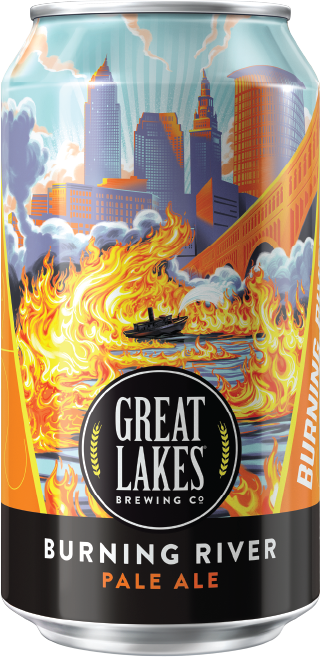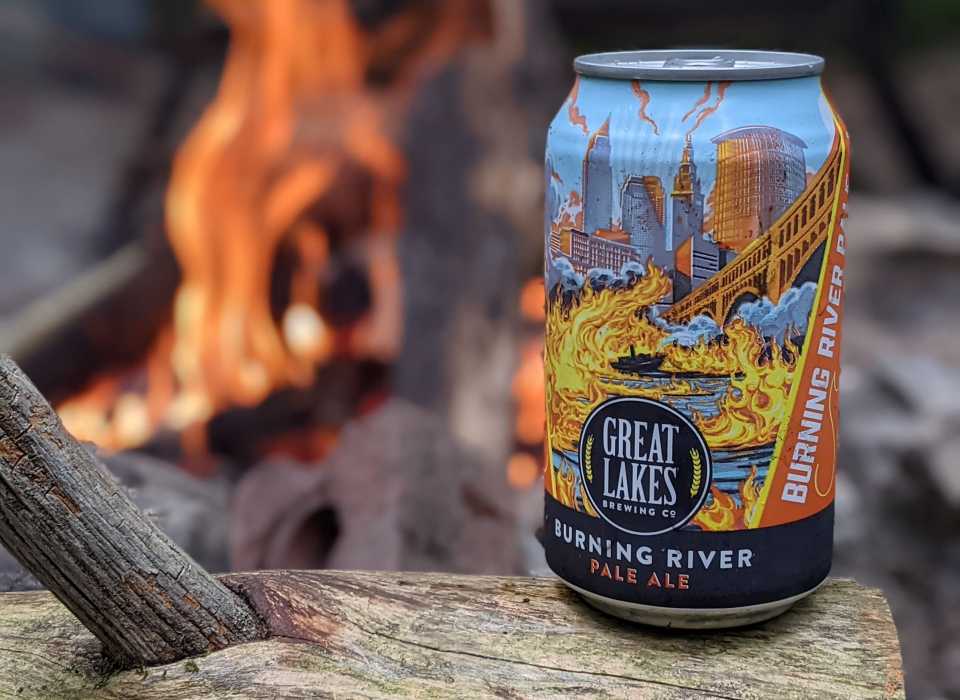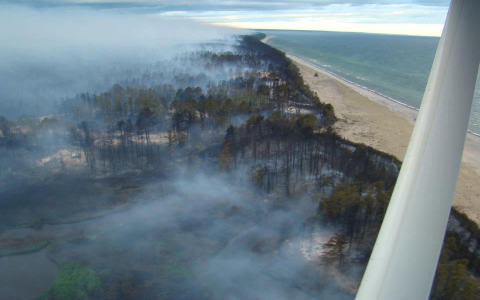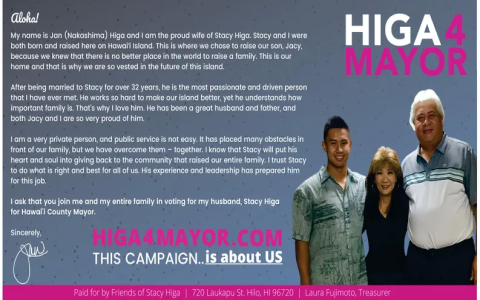Great Lakes Burning River: A Tale of Environmental Awakening
The Great Lakes, a magnificent expanse of freshwater, have long been a source of life, beauty, and industry in North America. However, the phrase "burning river" evokes a haunting image of environmental degradation and the urgent need for change. This narrative is not just about a river that caught fire; it symbolizes a broader struggle against pollution and the fight for ecological restoration.

In the mid-20th century, the Cuyahoga River, which flows through Ohio and into Lake Erie, became infamous for its pollution. The river was so contaminated that it literally caught fire on multiple occasions, with the most notable incident occurring in 1969. This event shocked the nation and served as a wake-up call regarding the dire state of America’s waterways. The flames that engulfed the Cuyahoga were not merely a spectacle; they represented the culmination of years of industrial waste dumping, neglect, and a lack of environmental regulations.
The Cuyahoga River’s plight was emblematic of a larger issue affecting the Great Lakes region. Factories and industries, in their quest for profit, had disregarded the health of the environment. Rivers were treated as mere conduits for waste, leading to severe ecological consequences. Fish populations dwindled, water quality deteriorated, and communities that relied on these water bodies for sustenance and recreation suffered immensely.
The public outcry following the Cuyahoga’s burning catalyzed a significant shift in environmental policy. It prompted the establishment of the Environmental Protection Agency (EPA) and the enactment of the Clean Water Act in 1972. These legislative measures aimed to restore and protect the nation’s waters, ensuring that such a tragedy would not occur again. The movement towards environmental awareness gained momentum, with citizens rallying for cleaner rivers and lakes.
As a result of these efforts, the Cuyahoga River has undergone a remarkable transformation. Once a symbol of pollution, it is now a testament to the power of environmental restoration. Efforts to clean up the river have led to improved water quality, the return of fish species, and the revitalization of surrounding communities. The river, once a source of shame, has become a source of pride and a focal point for recreational activities.
The story of the Cuyahoga River is not just about recovery; it is a reminder of the interconnectedness of human activity and the environment. The Great Lakes, with their vast ecosystems, are vital not only for the wildlife that inhabits them but also for the millions of people who depend on them for drinking water, recreation, and economic activities. Protecting these waters is essential for future generations.
Moreover, the narrative of the burning river serves as a cautionary tale. While significant progress has been made, challenges remain. Industrial runoff, agricultural pollution, and climate change continue to threaten the health of the Great Lakes. The lessons learned from the past must guide current and future actions. It is imperative to foster a culture of sustainability, where economic development does not come at the expense of environmental health.
Community engagement plays a crucial role in this ongoing journey. Local organizations, activists, and citizens must work together to advocate for policies that protect water quality and promote sustainable practices. Education and awareness are key components in this fight, empowering individuals to take action in their own lives and communities.
The Great Lakes and the story of the burning river remind us of the resilience of nature and the potential for recovery when people unite for a common cause. As we reflect on this history, it becomes clear that the health of our waterways is a reflection of our values and priorities. The journey towards a cleaner, healthier environment is ongoing, and it requires commitment, vigilance, and a shared vision for a sustainable future. The legacy of the burning river is not just a chapter in history; it is a call to action for all of us to protect and cherish our natural resources.




